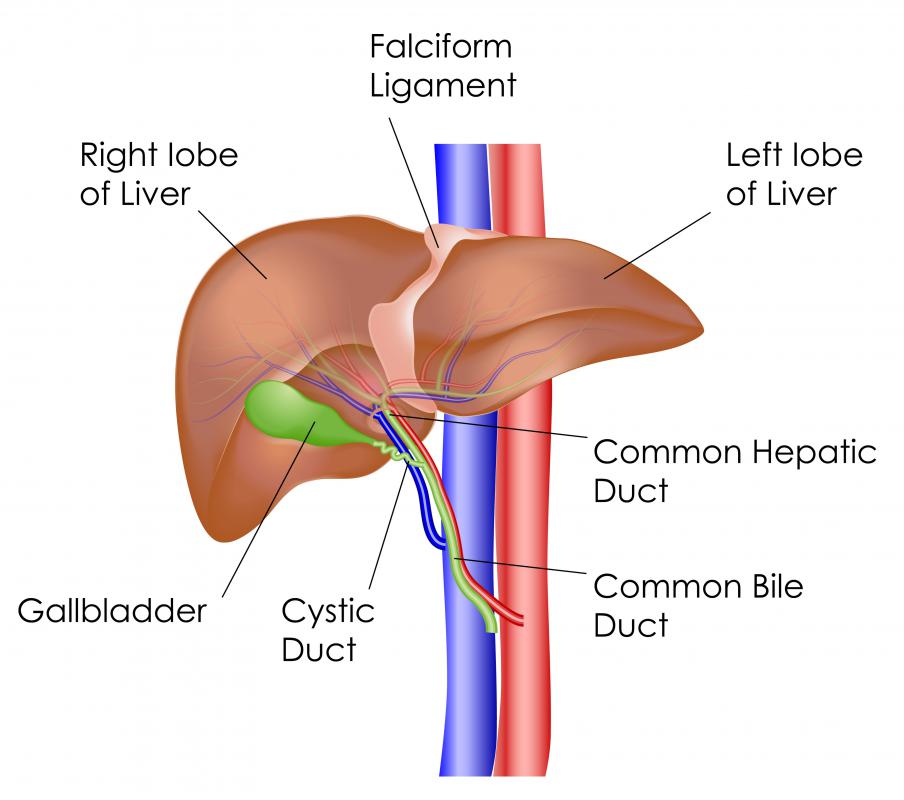At WiseGEEK, we're committed to delivering accurate, trustworthy information. Our expert-authored content is rigorously fact-checked and sourced from credible authorities. Discover how we uphold the highest standards in providing you with reliable knowledge.
What is the Foregut?
The foregut refers to the upper section of the digestive system, which extends from the mouth to the duodenum, the first section of the small intestine. It precedes the midgut and the hindgut, with the midgut consisting of most of the small intestine and the upper half of the large intestine and the hindgut comprising the remainder of the colon and the rectum in the large intestine. Included in the foregut are the gastrointestinal organs as well as the nearby organs that support the breakdown of food and the removal of waste: the mouth, esophagus, stomach, liver, gallbladder, pancreas, and the first two of the four segments of the duodenum, up until the place where the bile duct enters the intestine.
Food that is consumed first passes through the foregut on its journey through the digestive tract. Once placed in the mouth, it is physically broken down via the process of the mastication, or chewing, and chemically broken down via salivation, where the enzymes in saliva begin to process carbohydrates and fat molecules. Upon swallowing, the food travels down the esophagus and enters the stomach, where additional enzymes known as proteases break down protein, a process enabled by the bacteria-killing, pH-balancing stomach acid.

From the stomach, the broken-down food — also known as chime — enters the duodenum of the small intestine by way of the pyloric sphincter. The four sections of the duodenum, the last portion of the foregut, are distinguished by the fact that the duodenum changes course three times. Extending horizontally to the right of the pyloric sphincter is the first section, which then makes a 90-degree downward turn to form the second section. It then turns 90 degrees back to the left to form the third section and curves back upward to form the fourth section.

In the second section of the duodenum is where the foregut ends. This is where the common bile duct, supplying bile, and the pancreatic duct, supplying pancreatic juices, enter the intestine from their respective organs. These fluids are responsible for most of the chemical breakdown of food into its nutrient components, the molecules that make up carbohydrates, fat, protein, vitamins, and minerals. Bile, which is made in the liver and stored in the gallbladder, both organs of the foregut, is the substance that breaks down fat. Pancreatic juices created in the pancreas, another organ of the foregut, further break down macronutrients like fat and protein at the molecular level.
AS FEATURED ON:
AS FEATURED ON:














Discuss this Article
Post your comments